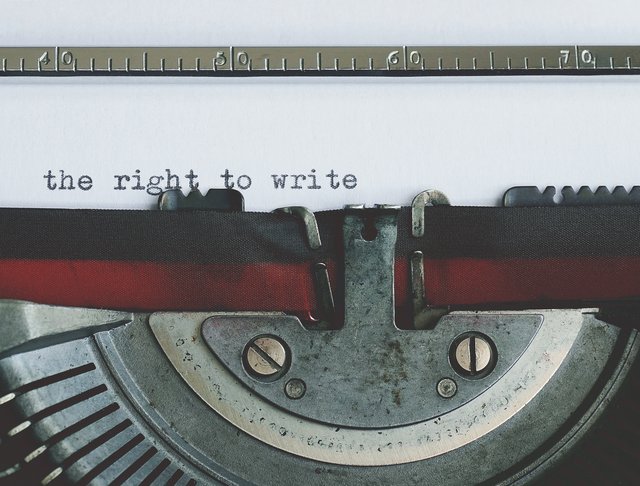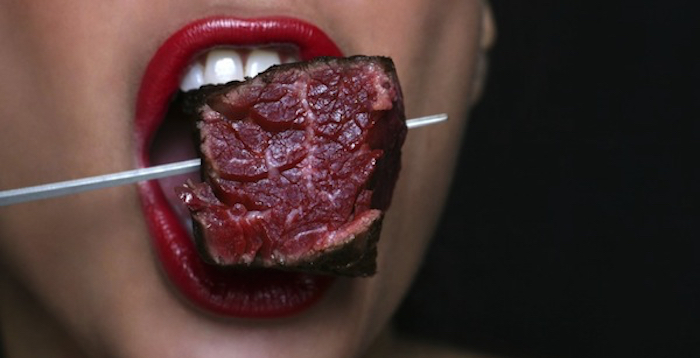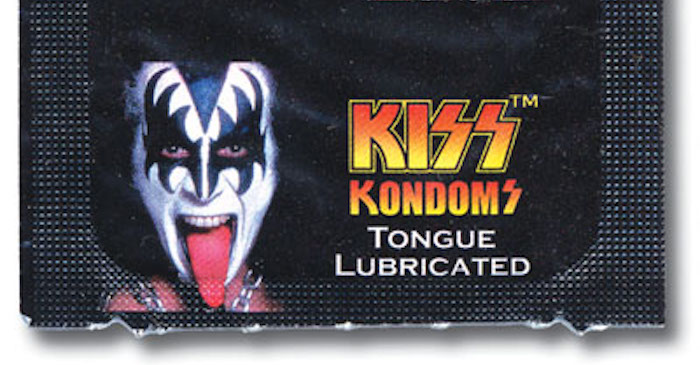Welcome to October! When we begin to bundle up and spend evenings taking long fair-weather walks. A great time of year to get all cozy inside and commit to your orgasm!
As an Orgasm Coach I have guided many to their first or much improved orgasm. I spend a lot of client time on this topic.
The “N”-Word

I had a shocking thing happen to me last month during a virtual event I hold on the second Saturday monthly called Sexy Talk and Play. I used to meet face to face with individuals who came into a local bar that hosted my talks. With CoVid, I have taken the talks online via Zoom, and last month I had just finished talking about using your fingers to stimulate the Gspot and suddenly I hear the “N”word and “no one wants to fuck you”! My heart began to pound. Many voices began asking questions about fisting and how many fingers to use and calling me N***** in the chat.
It was all that I could do to apologize to my listeners and end my Zoom meeting. The experience shook me. I immediately wondered if it was my topic that they didn’t like or was it The color of my skin?
I shared on FB what had happened during my talk and many people posted that it has happened to them, even sent porn on the kids Zoom classes. This is disturbing! Who can help stop this from happening? People are hacking meetings and doing some very disturbing things. It is sad and unfortunate.
*Tip: when setting up your Zoom meeting, use the waiting room feature and require a password.
How to Give Good Fellatio
It ruined a very good talk on giving and receiving oral sex, where I gave tips on fellatio and how the wetter you keep it, the better it is for the receiver.
Fellatio Tips:
- Never perform fellatio as a chore. Your excitement increases their excitement and therefore their orgasm.
- Pay attention to the sensitivity of the shaft and head of the penis so that you can have fun with pressure and tongue strokes.
- Learn to read the sexual response of your mate to take them on an orgasmic journey.
How to Give Good Cunnilingus
 The same can be said about the delivery of cunnilingus.
The same can be said about the delivery of cunnilingus.
Tips for Cunnilingus
- Use your whole mouth on the entire external vagina.
- Use your hand to apply a little pressure on the vulva to stimulate the internal clitoris which makes the external parts more sensitive.
- *Note: If the clit gets too sensitive and becomes uncomfortable for your mate, you can use the clitoral hood to create a buffer over the clitoris. If this does not work, stay away from the clitoris or take a break.
- When you begin to perform, pay attention to the outer and inner lips. Lick and suck them softly. If wanted, you can nibble on them as well.
- Use a stiff tongue to play with the vaginal opening, you can reach many of the nerve endings there. You can use a flat, loose tongue to stroke from the perineum to the tip at the base of the vulva. Add wetness as you do so to increase the friction.
- If using dental dam, place lube on the vagina to create the best level of wetness.
- As your mate gets more into what you are doing -you will know this because they will squeeze your head with their thighs or press down onto your face- follow through to orgasm.
- Unless directed to do so, don’t stop whatever you are doing through the climax, don’t stop to soon. I can’t stress that enough. If you get too excited, you may change your position or pressure causing a disruption in the orgasm.
- Moving forward with penetration if wanted will continue the orgasmic journey through multiple orgasms.
Oral Sex Just for Foreplay?
 Oral sex is usually done for foreplay. I tell people that foreplay should involve the erogenous zones and oral sex is an act itself. The more you “warm” up your mate to the sexual experience you can provide, the better the results.
Oral sex is usually done for foreplay. I tell people that foreplay should involve the erogenous zones and oral sex is an act itself. The more you “warm” up your mate to the sexual experience you can provide, the better the results.
Talk to your partner, find out what they know about their pleasure. You shouldn’t force them to be satisfied with what you have always done with others. All vulvas are different and need different stimulation. The same for the penis. If your blowjob is a series of habit, you need to shake it up, listen to your mate and deliver their version of a wonderful orgasm.

In case you haven’t caught on, communication is very important to the orgasm. Instead of treating your mate like a Rubik cube where you take a bunch of complex moves trying to get the colors to match. If you listen to them, and of course, if you share what works to get you to orgasm, then you know you are going to have one. But if you guide someone, they can adjust to enhance what you’re asking for, taking things to the next level for you, giving you your best orgasm… EVER!
Conclusion
I probably won’t be able to think of oral without thinking of being hacked on Zoom for a while! I choose to believe that it wasn’t about the conversation and my skin color was just a part of their hateful joke. Sexuality needs to be discussed. Just to keep it sexy, I am going to talk oral again this month.

























